Owner Review
Nissan LEAF Tekna E+ Review: An often overlooked EV that’s hard to beat for value for money
Overview
The Nissan LEAF has now been out for over a decade. How does the newest generation hold up? I’ve owned mine, a redesigned LEAF Tekna E+, for over six months now - here are my thoughts:
Range
The LEAF E+ is fitted with a 59kWh (net) battery, with a claimed WLTP range of 239 miles. Outside of the land of make-believe, this translates to a real world range of 210 miles in summer, and as low as 160 miles in winter.
When it comes to range, the biggest issue is not how far the LEAF actually goes, but how far it thinks it will go. The guess-o-meter stays true to it’s name,, with the estimated range left often jumping around. For example, when the LEAF gets low on charge such as 15%, the actual usable capacity left is far closer to 25%. This makes judging when to charge more difficult and less confidence inspiring.
Charging
So what about when you do pull over to charge? Contrary to Nissan marketing (which states 50kW), the LEAF E+ supports up to 100kW DC fast charging. The most I’ve seen has been ~75kW, but it was enough to shave off almost 10 minutes compared to using a 50kW charger. Compared to newer cars like the Volkswagen ID.3 or Tesla Model 3 (which can charge in the 120-170kW range), the charging speed of the LEAF is initially disappointing.
However, at least in the UK, the majority of public rapid chargers at limited to just 50kW. This is where the newer LEAF E+ shines compared to previous generations, with the car maintaining a high 40kW charge rate of up to 85% before slowing down. In comparison, a 39kWh LEAF would start slowing down as low as 60% when rapid charging.
When it comes to destination charging, the LEAF supports no-thrills 6.6kW charging. Doing so results in fullycharging a dead LEAF E+ in under 11 hours, perfectly adequate for overnight charging.
Performance
The LEAF E+ is fitted with a 160kW electric motor, translating to 214bhp in old-money. This is enough to propel the LEAF from 0 to 60mph in the mid six-second range. Being front-wheel drive, this amount of power coupled with average tyres does result in a bit of torque steer. To combat this, the LEAF E+ gradually puts the power down from a standstill, with the max 340nm of torque kicking in at around 30mph. Because of this, the performance is most impressive when it comes to the 30 to 60 mph sprint.
The LEAF E+ offers satisfactory handling with only a small amount of body roll, helped in part with its heavier battery (which adds 200kg of low-down weight compared to its smaller brother, the 39kWh LEAF). This is no hothatch, but the LEAF is also far more comfy and smooth.
In conclusion, the LEAF E+ offers some of the best performance in the electric hatchback segment, slightly pulling ahead of its competitors such as the Volkswagen ID.3 or Cupra Born.
Interior & Tech
Compared to its competitors, the LEAF’s interior is best described as conservative, and worse described as outdated. That’s not to say that the LEAF isn’t comfy, far from it. The leather seats with Ultrasuede trim are incredibly comfy, even on 250-mile road trips.
While the LEAF isn’t plagued with software issues like the Volkswagen ID.3, it's not much better. The user interface is outdated and uninspiring but largely unobtrusive if you use Apple CarPlay. The LEAF also offers physical buttons for controlling climate control, audio and more.
When it comes to tech, the LEAF stands out as one of the most well-equipped cars in its segment. With the Tekna trim, you get ProPilot - Nissan's driver assistance package. ProPilot does a great job of keeping the LEAF in the centre of the lane and a safe distance from the car in front, making long motorway journeys far less tiring. The Tekna trim as standard also comes with the following, which are often extras (or unavailable) on its competitors:
- Heated steering wheel and front/rear seats (including the middle seat)
- 360 Birds Eye camera, along with a curbside camera
- A heat pump to improve winter range by making the heater more efficient
- Rear cross-traffic alert (to inform you of cars in your blind spot when reversing out of a parking space)
- ePedal for effortless one-pedal driving
- Automatic high beams and wipers
Price
This is where the LEAF shines compared to its competitors. With only a £2,000 deposit, my LEAF E+ costs just over £300 per month on PCP.
Comparing it against another popular electric hatchback, the base trim (“Business”) Volkswagen ID.3 costs £575.28 per month*, almost twice as much as my LEAF. And while the ID.3 would offer CCS charging and a more modern interior, it also comes with less tech (such as no 360 camera), cloth seats (versus the LEAF’s leather seats with ultrasuede trim), and also comes with slightly less usable battery capacity and power (58kWh/201bhp, versus the LEAF’s 59kWh/214bhp).
Compared to combustion hatchbacks, the cheapest, no-thrills Volkswagen Golf with absolutely zero options costs £50 more per month* with the same deposit!
*Correct at the time of writing
The bottom line
It’s not the fastest, it doesn’t go the furthest on a single charge, and it’s not the newest design coming out of the design lab, but the LEAF probably one of the best value for money EVs out there.
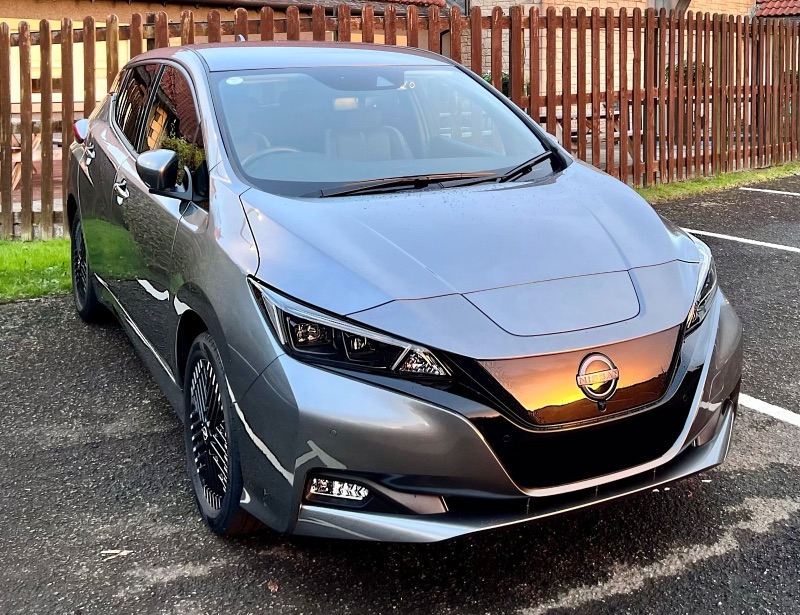
 Martin
Martin
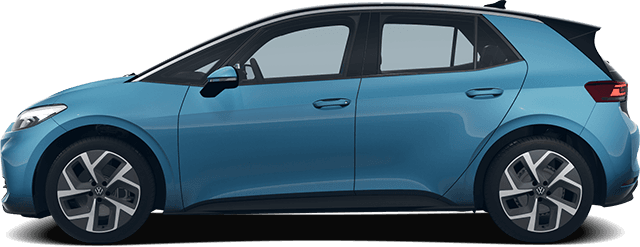
 Nick
NL
Nick
NL
 Martin
Martin

 ElectroDad
ElectroDad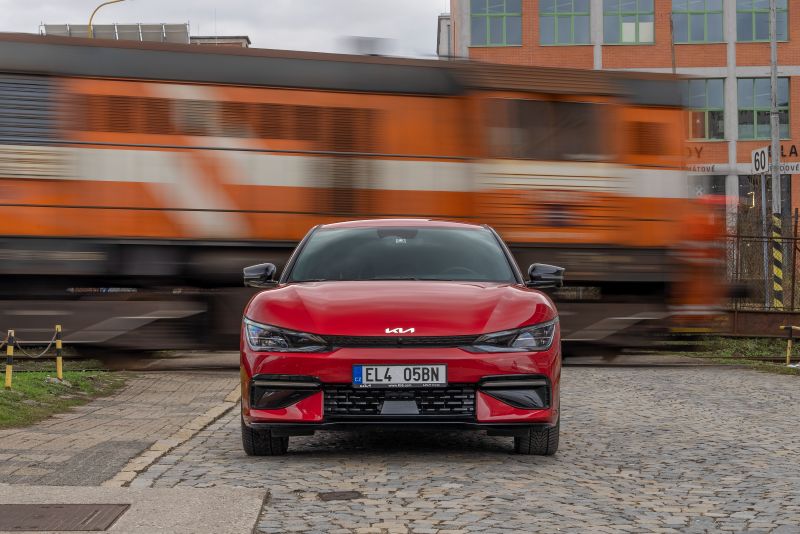
 Tomas
Tomas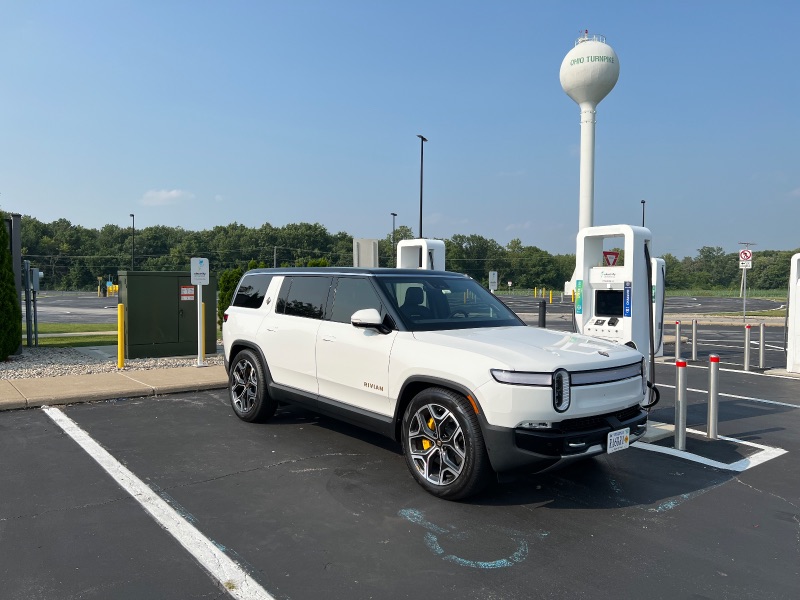
 dongruike
dongruike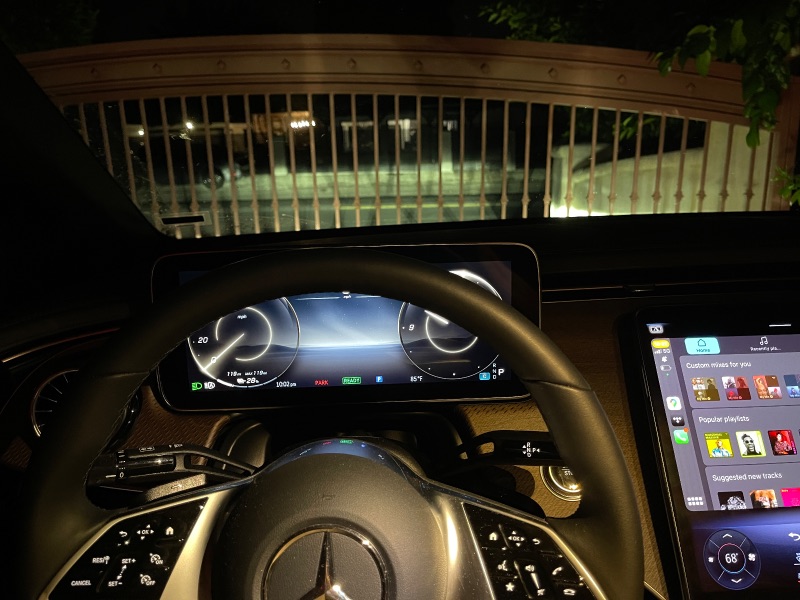
 bbonkk
bbonkk
 TJWhiteStar
TJWhiteStar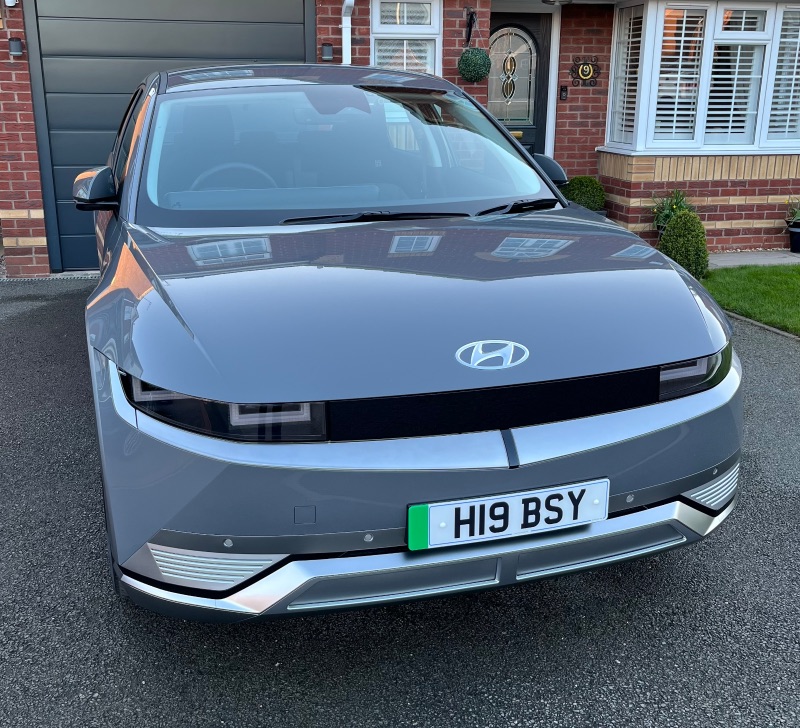
 Ant
Ant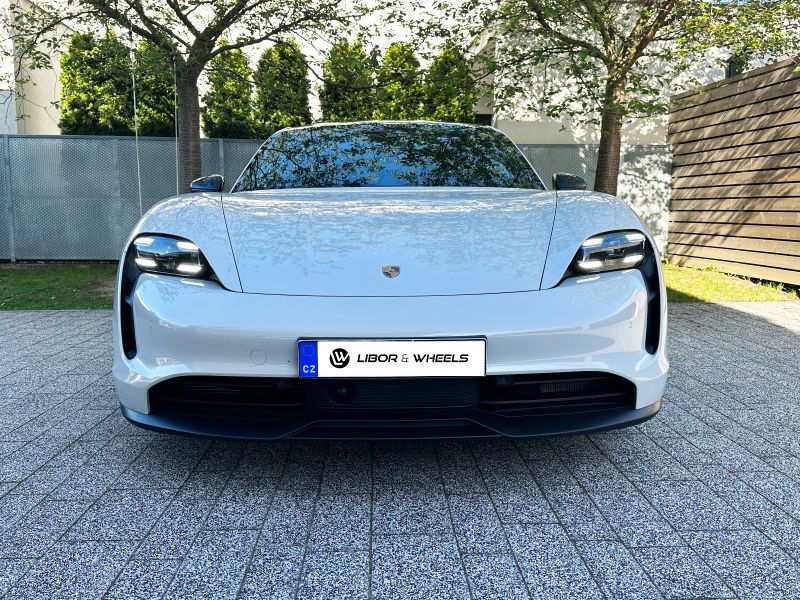
 libor&wheels
libor&wheels